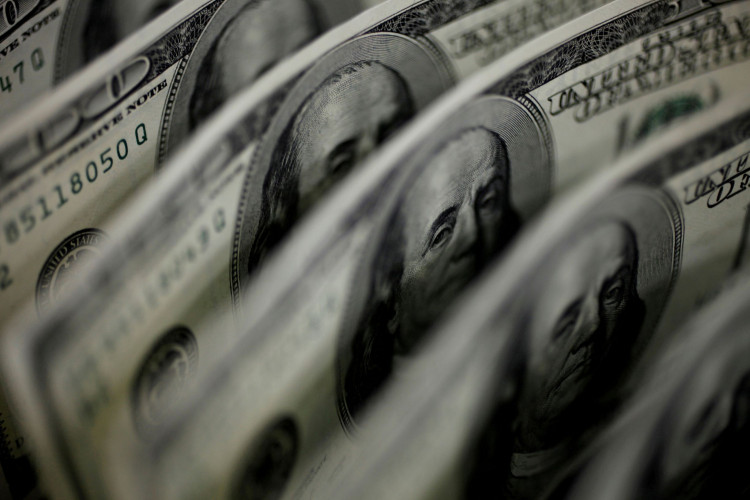As inflation cools significantly, market optimism is growing about the Federal Reserve's potential rate cuts.
According to a report titled "The Great Disinflation" by Goldman Sachs' chief economist Jan Hatzius, major central banks in developed markets are expected to cut interest rates "earlier and more aggressively" in 2024 as global inflation continues to decline significantly.
Hatzius anticipates the Federal Reserve will cut rates three times in the first half of next year, each by 25 basis points, likely in March, May, and June, followed by two more cuts before the end of the year.
By 2025, he expects three additional rate cuts, with the benchmark interest rate remaining between 3.25% and 3.5% by September of that year.
Optimistic Outlook for Economic Growth Next Year At the beginning of this year, many economists feared the U.S. economy was on the brink of recession, but Hatzius believes the Federal Reserve can curb inflation without causing a severe economic downturn. He estimates only a 15% to 35% chance of a recession, making him one of the most optimistic forecasters on Wall Street.
A strong labor market, lower inflation, and anticipated declining interest rates are expected to boost GDP and corporate earnings next year.
Hatzius predicts a 2% growth in U.S. GDP in 2024, with an unemployment rate of just 3.6%. However, he also notes that overly optimistic projections for U.S. GDP growth and unemployment could be a double-edged sword:
While beneficial for the economy and stock market, an overly robust economy might lead Federal Reserve officials to worry about inflation resurfacing, forcing them to maintain higher interest rates for a longer period.
Compared to consensus-beating economic forecasts, Hatzius believes any unexpected upward surprises in inflation could prompt the Federal Reserve to remain on hold, even if inflation nears the 2% target.
Rising Rate Cut Expectations Fuel U.S. Stock Surge According to Goldman Sachs data, the combined core inflation annual growth rate in developed markets facing soaring inflation during the pandemic has dropped to 2.2% over the past three months, with November's rate at just 1.3%, nearing the 2% inflation target. In the U.S., November's inflation rate fell to 3.1% year-over-year, down from over 9% in the summer of 2022, a 40-year high.
Following the slowdown in inflation, Federal Reserve Chair Jerome Powell signaled a dovish stance last week. He suggested that easing existing policy restrictions might be appropriate sooner and more swiftly:
"The question of when it is appropriate to start relaxing the existing policy constraints is coming into view, a topic that is clearly being discussed globally and was a topic of our meeting today."
Powell's dovish remarks spurred a significant rally in U.S. stocks, with major tech stocks continuing their strong performance since 2023 and the Dow Jones Industrial Average reaching a new all-time high.
Meanwhile, the S&P 500 index climbed over 2% last week, just a step away from its all-time high of 4,797 points. Goldman Sachs strategist David Kostin predicted on Monday that the S&P 500 index would rise to 5,100 points by the end of 2024, indicating an 8% upside potential for the index.
However, just a day after Powell's signal for potential rate cuts, several senior Federal Reserve officials expressed "hawkish" views, warning that the Fed needs to see more progress on inflation before considering rate cuts, attempting to quell market speculation about imminent rate cuts.
Among them, the third-ranking official at the Fed and New York Fed President John Williams explicitly stated that the current benchmark rate of 5.25% to 5.5% is not "sufficiently restrictive," and the Fed is not yet discussing rate cuts.






